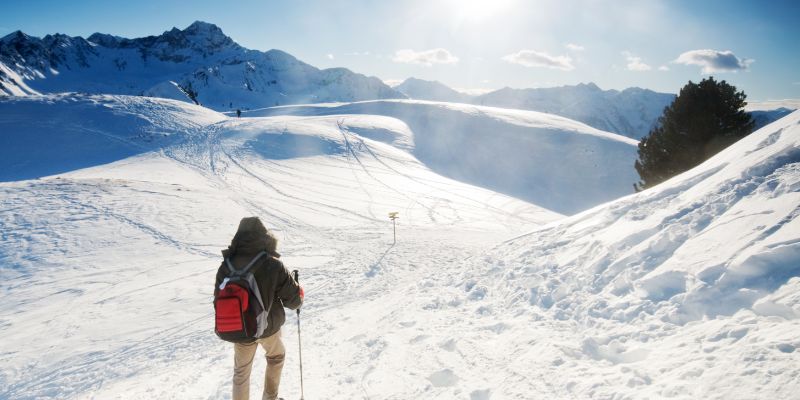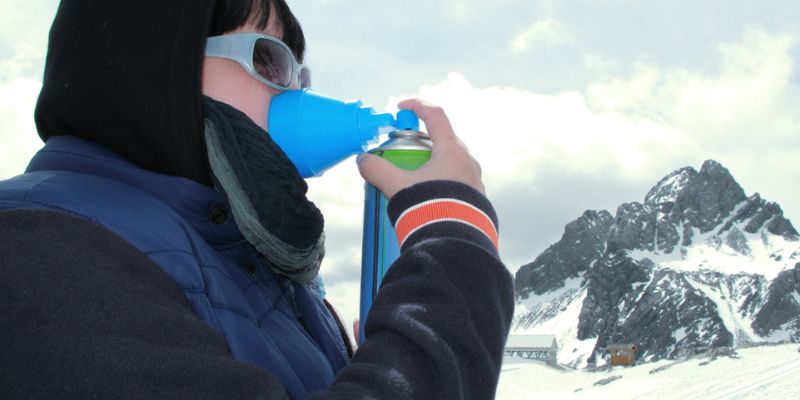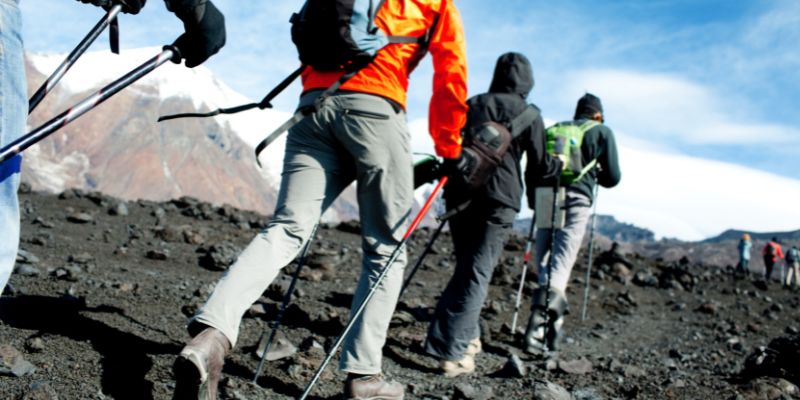You get breathtaking views from the top of the mountain. But, you cannot enjoy these views if you suffer from nausea, dizziness, or headache due to altitude sickness.
Altitude sickness is common, and people usually suffer from this condition when traveling, climbing, or being transported to higher elevations. Fortunately, there are some things that you can do to overcome this condition.
If you are curious to learn how to prevent altitude sickness, keep reading. Also, find out how this condition is treated.

What Is Altitude Sickness?
It is a medical condition that occurs when you go up at a certain altitude, making breathing harder. The more you go up, the atmosphere becomes thin, and the level of oxygen drops.
In the meantime, you cannot breathe in enough oxygen compared to when you were at a lower altitude. As a result, breathing or oxygen shortens at higher altitudes, which you know as altitude sickness.
Now, the question is, what causes altitude sickness? It occurs when your body has little time to adapt to the higher altitude. Fortunately, the condition is curable and preventable.

How To Prevent Altitude Sickness?
Altitude sickness can ruin your trips. Therefore, before planning your next trip, find out how you can prevent it here:
Drinking Plenty Of Water
When you are at higher altitudes, your body does extra work and needs more water. Therefore, you must drink at least five liters of water at altitude, regardless of the weather. Drinking plenty of water in the summer is easier, but drinking more water is challenging when the temperature falls.
Also, just after drinking a few liters in winter, you feel hydrated. Remember that you may not need more water, but your body needs water as it works harder and faces oxygen deficiency. So, drinking water is necessary to avoid altitude sickness and keep yourself fit.
Listen To Your Body
At a higher altitude, more than 75% of people experience the effects of altitude. They usually suffer from nausea, fatigue, headache, or face issues while sleeping. It is different for everyone.
Everybody reacts differently to the higher altitude conditions. Therefore, you need to check up on yourself. If you feel dehydrated, take water. If you feel fatigued, you must take a rest. Be aware of symptoms. It is recommended to continue your journey if they are mild, but if they are acute, turn around!
Eating Carbs
When you are on the trekking journey, you work harder than usual. To nourish your body and get the required calories, eat and eat. You must take more carbs, and for that, snacks that contain whole grains are recommended.
Whatever you are taking, be sure that you are nourished and full. You must have heard before: eat little. Do not follow this advice; be kind to yourself and get the required calories.
Climbing Slowly
High altitude sickness occurs when your body does not get enough time to adapt to the high altitude changes, such as adjusting to the low oxygen level. Resultantly, the breath shortening happens.
In this case, never try to climb fast at first; climb each day, but do not forget to stay at the trek’s points if you plan to go on feet, no more than 1000 feet per day, and rest when you come along of stopping points.
It will help your body get along with the higher altitude changes and lessen the chances of altitude sickness.

Get Out Of Your Bag
In the higher altitudes, hikers tend to spend most of their time lying inside the tent, which acts against acclimatization. When you are resting horizontally, the blood flow increases towards your heart.
It, in turn, increases the water loss through the kidneys. You pee more, and dehydration occurs in your body. Therefore, instead of lying down, indulge in activities in the tent, like playing games, writing in a journal, or making something to eat.
Hike High And Sleep Low
Climb a little higher than your camp during the day, then fall asleep. For example, if you are already at 10,000 feet and climb 1000 in a day, come down a few hundred feet to sleep. It is an effective way to reduce the risk and symptoms of altitude sickness. Climbing too fast increases the risk of altitude sickness.
Keep the campsite altitude at most 2000 feet in a day. Also, when you are above 8000 feet, slow down your speed, keep yourself hydrated, and remain conscious of Acute Mountain Sickness (AMS)
Treating The Altitude Sickness
If you are suffering from high altitude sickness, here is how to treat this condition:
- High-Altitude Cerebral Edema
It is a severe altitude sickness as it involves fluid in the brain. If you develop an altered mental state, sensitivity to light, or lose coordination in limbs at high altitudes, these are the signs of HACE. You must come down; if the signs persist, consult the doctor.
High-Altitude Pulmonary Edema
High Altitude Pulmonary Edema (HAPE) symptoms are dry cough leading to pink sputum, chest pain, and shortness of breath. In such conditions, you must go down as early as possible because it is a life-threatening situation.
Acute Mountain Sickness
Symptoms of acute mountain sickness are dizziness, headaches, muscle pains, and nausea. Here is how to treat these symptoms;
- Stop where you are, take a rest
- Drink plenty of water
- Take some pain relievers
Conclusion:
Altitude sickness is a common condition that most of the trekkers face. It usually occurs due to height difference, because of which a person fails to get the required amount of oxygen. So, to keep yourself fit at height and avoid altitude sickness, always stay hydrated, eat more carbs, climb slowly, and rest. If you face any severe condition, turn back immediately.

Which South American Country Is Best With Toddler?

What Is The Best Month To Visit Napa Valley?

The Best Tents for Cycle Touring in 2023: A Comprehensive Guide

Essential Tips for Finding Public Restrooms While Traveling

How To Explore Rottnest Island By Bike | Travel Tips and Guide

Things To Do In Tunisia For Couples

What Is The Lorraine Motel Called Now?

Which All Inclusive Resorts In Bahamas Are Romantic?

Which Cruises Leave From Nyc?

What Does All-Inclusive Mean In Belize?

Which Is The Highest Zoo In The World?
